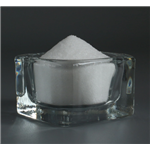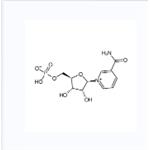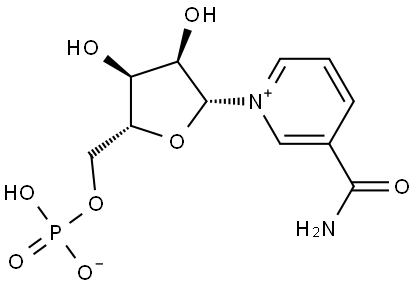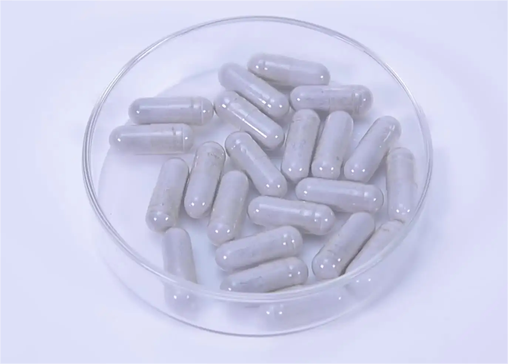Preparation of β-Nicotinamide Mononucleotide
Description of β-Nicotinamide Mononucleotide
β-Nicotinamide mononucleotide (β-NMN), a key precursor in the biosynthesis of nicotinamide adenine dinucleotide (NAD+) in mammals, has significant effects in replenishing NAD+ levels in the body, so it has obvious ameliorative effects on metabolic and age-related degenerative diseases. β-NMN is widely used in healthcare products, food, and cosmetics. It has considerable commercial worth and promising medical application prospects.

Preparation of β-Nicotinamide mononucleotide
β-nicotinamide mononucleotide production in Escherichia coli
This study proposes a biotechnological NMN production method in Escherichia coli. We show that bicistronic expression of recombinant nicotinamide phosphoribosyl transferase (Nampt) and phosphoribosyl pyrophosphate (PRPP) synthetase in the presence of nicotinamide (NAM) and lactose may be a successful strategy for cost effective NMN production. Protein expression vectors carrying NAMPT gene from Haemophilus ducreyi and PRPP synthetase from Bacillus amyloliquefaciens with L135I mutation were transformed in Escherichia coli BL21(DE3)pLysS. NMN production reached a maximum of 15.42 mg per L of bacterial culture (or 17.26 mg per gram of protein) in these cells grown in PYA8 medium supplemented with 0.1% NAM and 1% lactose.
One-step conversion of nicotinamide riboside (NR) to β-NMN
The one-step conversion of nicotinamide riboside (NR) to β-NMN has been considered to be the most promising synthetic route for β-NMN. Human nicotinamide riboside kinase 2 (NRK-2) was functionally displayed on the cell surface of Saccharomyces cerevisiae EBY100, forming a whole-cell biocatalyst (Whole-cell NRK-2). Whole-cell NRK-2 could convert nicotinamide riboside (NR) to β-NMN efficiently in the presence of ATP and Mg2+, with a maximal activity of 64 IU/g (dry weight) and a Km of 3.5 μM, similar to that of free NRK-2 reported previously. To get the best reaction conditions for β-NMN synthesis, the amounts of NR, ATP, and Mg2+ used, pH, and temperature for the synthetic reaction were optimized. Using Whole-cell NRK-2 as the catalyst under the optimized conditions, β-NMN synthesized from NR reached a maximal conversion rate of 98.2%, corresponding to 12.6 g/L of β-NMN in the reaction mixture, which was much higher than those of synthetic processes reported. Additionally, Whole-cell NRK-2 had good pH stability and thermostability, required no complicated treatments before or after use, and could be reused in sequential production. Therefore, this study provided a safe, stable, highly effective, and low-cost biocatalyst for the preparation of β-NMN, which has great potential in industrial production.

References:
[1] GEORGE CĂTĂLIN MARINESCU. β-nicotinamide mononucleotide (NMN) production in Escherichia coli.[J]. Scientific Reports, 2018. DOI:10.1038/s41598-018-30792-0.
[2] ZHONGHUI HE, MENGYUAN LIU*, Yeast Cell Surface Engineering of a Nicotinamide Riboside Kinase for the Production of β-Nicotinamide Mononucleotide via Whole-Cell Catalysis[J]. ACS Synthetic Biology, 2022. DOI:10.1021/acssynbio.2c00350.
You may like
Related articles And Qustion
See also
Lastest Price from β-Nicotinamide Mononucleotide manufacturers

US $130.00-1.00/kg2025-11-03
- CAS:
- 1094-61-7
- Min. Order:
- 10kg
- Purity:
- 99%
- Supply Ability:
- 300tons

US $1.00/KG2025-10-15
- CAS:
- 1094-61-7
- Min. Order:
- 1000KG
- Purity:
- 99.99%
- Supply Ability:
- 20 TONS





